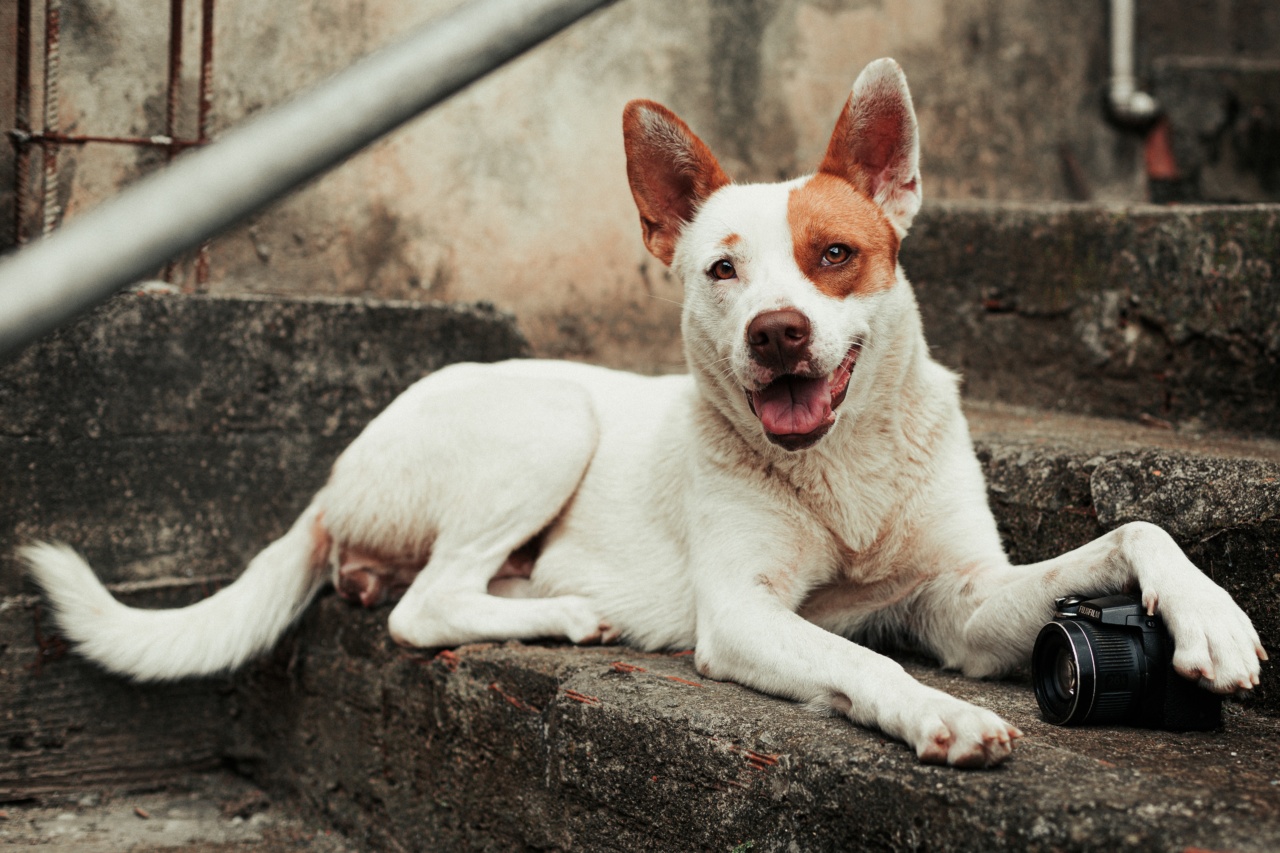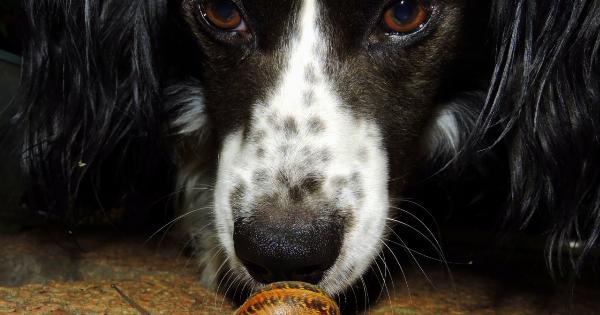Dogs are wonderful, friendly companions that add immeasurable joy to our lives. However, sometimes even the most docile and well-behaved dogs can nip or bite, and their jaws are powerful enough to cause serious injuries.
As a responsible pet owner, it is your duty to help prevent dog bites by taking proactive measures to keep your pet and others safe. Here are some simple steps you can take to help reduce the risk of dog bites:.
1. Socialize Your Dog
Socialization is one of the most important things you can do to help prevent dog bites.
Early socialization helps dogs become comfortable around other people and animals, reducing the likelihood that they will feel the need to bite out of fear or anxiety. Start socializing your dog as early as possible, and make sure to expose them to a variety of people, animals, and situations.
2. Train Your Dog
A well-trained dog is less likely to bite, as they understand basic commands and have better control over their impulses.
Make sure to enroll your dog in obedience training as soon as possible, and keep up with regular training sessions throughout their life.
3. Supervise Your Dog
Never leave your dog unsupervised, even if they are in a fenced yard or other secure area. Dogs are social animals and crave attention, so it’s important to give them plenty of interaction and playtime.
However, it’s also important to supervise them closely to prevent any potential problems.
4. Never Leave Children Alone with Dogs
Children are at the greatest risk of dog bites, as they may not understand how to approach or interact with dogs safely. Never leave children alone with a dog, and always supervise their interactions carefully.
Teach children to avoid approaching dogs they don’t know, and to ask permission before petting a dog.
5. Respect a Dog’s Space
Dogs can become agitated or defensive if they feel threatened or crowded. Teach your children and other family members to respect a dog’s personal space, and to avoid approaching them too closely or suddenly.
It’s also important to avoid petting a dog without their permission, even if they seem friendly and approachable.
6. Keep Your Pet Healthy
A healthy dog is less likely to bite than a sick or injured one. Make sure to keep up with your pet’s vaccinations and regular checkups, and treat any medical issues promptly.
A well-fed, exercised dog is also less likely to become aggressive or irritable.
7. Use Positive Reinforcement
Negative reinforcement, such as yelling or hitting, can make your dog anxious or aggressive, increasing the risk of bites. Instead, use positive reinforcement to encourage good behavior.
Reward your dog with treats and praise when they display desired behaviors, and redirect them gently when they start to exhibit unwanted ones.
8. Educate Yourself and Others
It’s important to understand the warning signs of a potentially aggressive dog, and to educate others about them as well.
Signs that a dog may be feeling threatened or hostile include raised hackles, a stiff tail, bared teeth, growling, and snapping. Teach your children and others in your community to recognize these signs, and to avoid approaching a dog that is exhibiting them.
9. Keep Your Dog on a Leash
Even if your dog is well-behaved, it’s important to keep them on a leash in public places. This helps prevent accidental encounters with other dogs or people, and gives you better control over your pet.
Additionally, some areas have leash laws that require all dogs to be on a leash at all times.
10. Be a Responsible Owner
Finally, one of the most important things you can do to prevent dog bites is to be a responsible pet owner. Make sure your dog is properly licensed and up-to-date on all their vaccinations.
Keep them safely contained when they are not supervised, and take steps to prevent them from escaping or roaming freely. By taking these simple but important steps, you can help keep your dog and others safe from potential bites.


























